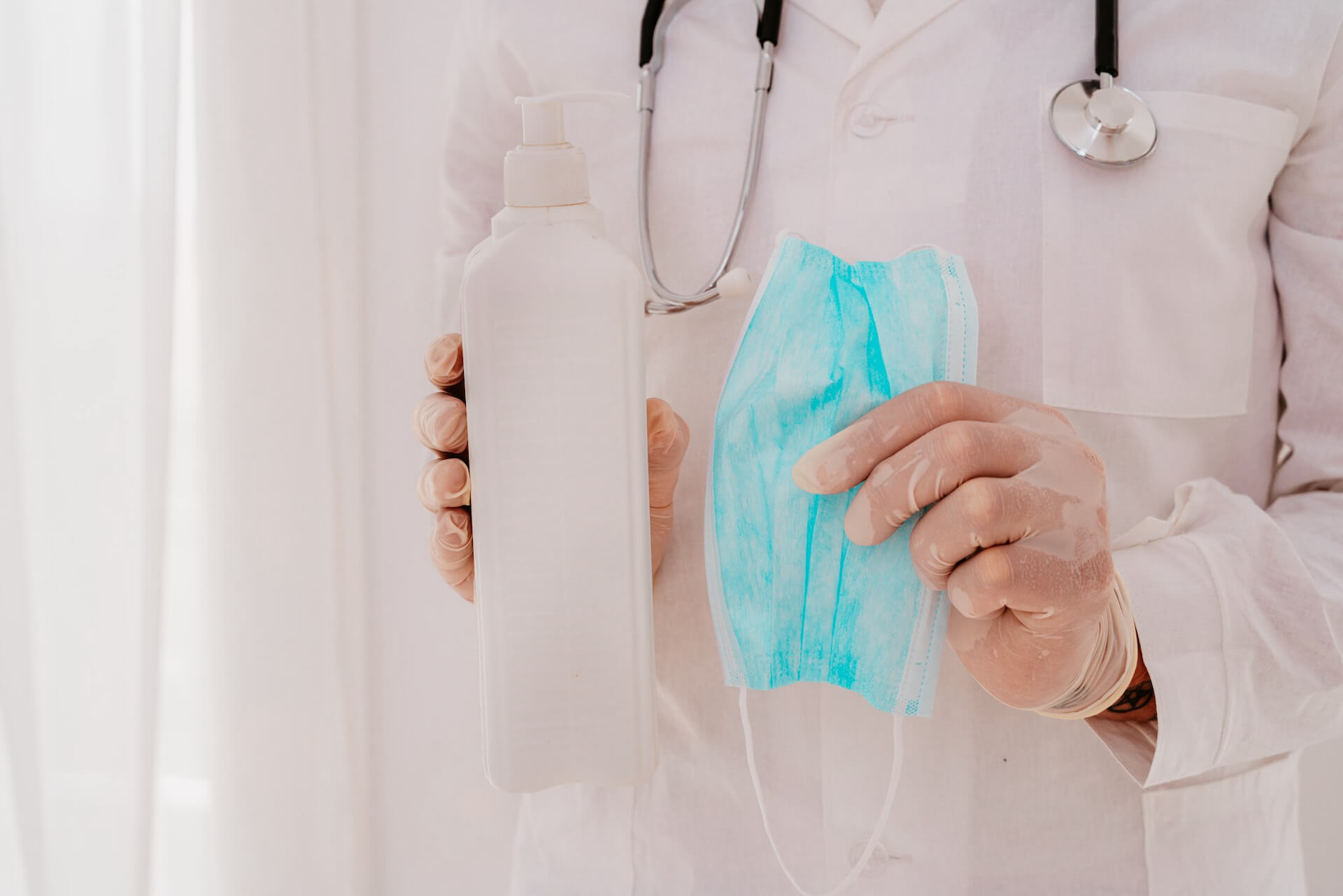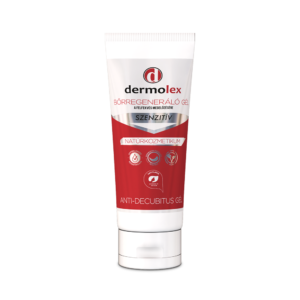Bedbound patients have severely limited mobility, therefore grooming may become challenging for them. Those people who are confined to bed, usually require a lot of care from their caregivers, including the assistance in satisfying their hygiene needs. Immobile patients often require the assistance of a caregiver for hair care. Besides the hygienic advantages, hair care may have positive psychological effects on the patient.
Hair Washing for Bedridden Patients
Hair washing for bedridden patients comes with its own challenges. Immobile patients are not able to get into the bath or shower. Keeping their hair and scalp clean requires special medical care. According to an article published in the Nursing Times, a proper hair care routine may play a role in maintaining self-esteem and well-being while being bedridden.
“The condition of a patients’ hair and how it is styled is an important part of their identity, so hair care should be carried out – as far as possible – according to their wishes. Washing and styling patients’ hair can also be a valuable social activity and help boost their self-esteem and sense of wellbeing. Caring for patients’ hair provides an opportunity to observe the scalp for signs of pressure damage, dandruff or dry skin and underlying skin conditions.”
While dry shampoo and no-rinse shampoos can be helpful, they cannot substitute for hair washing with water. Hair washing for bedridden patients requires preparation and patience.
How to Wash Someone’s Hair in Bed
Before you can start the procedure for washing patients’ hair in bed, first you need to get all the necessary supplies. The following equipment will be required:
- Absorbent mattress protector or plastic sheet
- Bucket
- Cup
- Garbage bags
- Medical gloves
- Shampoo
- Shampoo basin
- Towels
- Warm water
Hair washing for bedridden patients in 8 steps:
- Eliminate any option that would go against positioning the patient flat in bed.
- Discuss the typical hair care routine with the patient. Gain constant before you start the procedure Set up all the required tools for the hair washing procedure.
- Use an absorbent mattress protector or plastic sheet to keep the bed from getting wet.
- Fill the plastic bucket with warm water and place the patient’s head gently in the basin.
- Scoop warm water to wet the hair and use a gentle shampoo to wash their hair!
- Rinse the hair completely and repeat the procedure if needed.
- Remove the patient’s head from the basin.
- Wrap a dry towel around the patient’s head and dry the surrounding skin.
Pressure Injuries
Bedbound patients with limited mobility are at high risk of developing pressure injuries. Proper medical care is crucially important to prevent decubitus ulcers. Pressure injuries, also called bedsores and pressure ulcers, are caused by the limited blood supply of the skin cells. Bedsores occur when the skin is under constant pressure for prolonged amounts of time. Due to the limited blood supply, dendritic cells stop functioning normally. For bedridden patients, the most common sites of pressure injuries may be:
- heels
- hips
- inner knees
- bottom
- lower back
- spine
- elbows
- shoulders
- back of the head
- ears
- cheeks
Bedsores are divided into four stages based on the severity and the depth of the wound. Symptoms of stage 1 bedsores may include changes in the consistency and temperature of the skin, itchy sensation, and discoloration of the skin. Stage 1 pressure injuries can worsen without appropriate medical treatment. Symptoms of stage 2 pressure injuries cause blisters filled with blood or clear fluid, superficial damage of the skin, tenderness, and skin swelling. Symptoms of stage 3 bedsores may include burning sensation, intense pain, and open wound extending to subcutaneous fat tissue. Symptoms of stage 4 decubitus ulcers may include severe pain, a high risk of infection, and open wounds.
Skincare and preventing bedsores
Skincare is crucial to prevent bedsores for bedbound patients. Moisturizers can make the skin more resilient to injuries. Applying the dermolex skin regenerating gel can lower the risk of developing pressure injuries. Carefully selected ingredients of the gel refresh and regenerate the skin exposed to long-term pressure. The gel formulation is rapidly absorbed and will not stain the clothes or the bed linen as it does not contain any colorings or fragrances. The product complies with Regulation (EC) No 1223/2009 on cosmetic products. It is a ’leave-on product, not to be rinsed when used as intended. The product was studied and evaluated by the Department of Dermatology and Allergology of the Medical and Pharmaceutical Centre of the Faculty of Medicine, Szeged University. The investigators concluded that Dermolex gel was an efficient complement to the therapy of bedsores.


